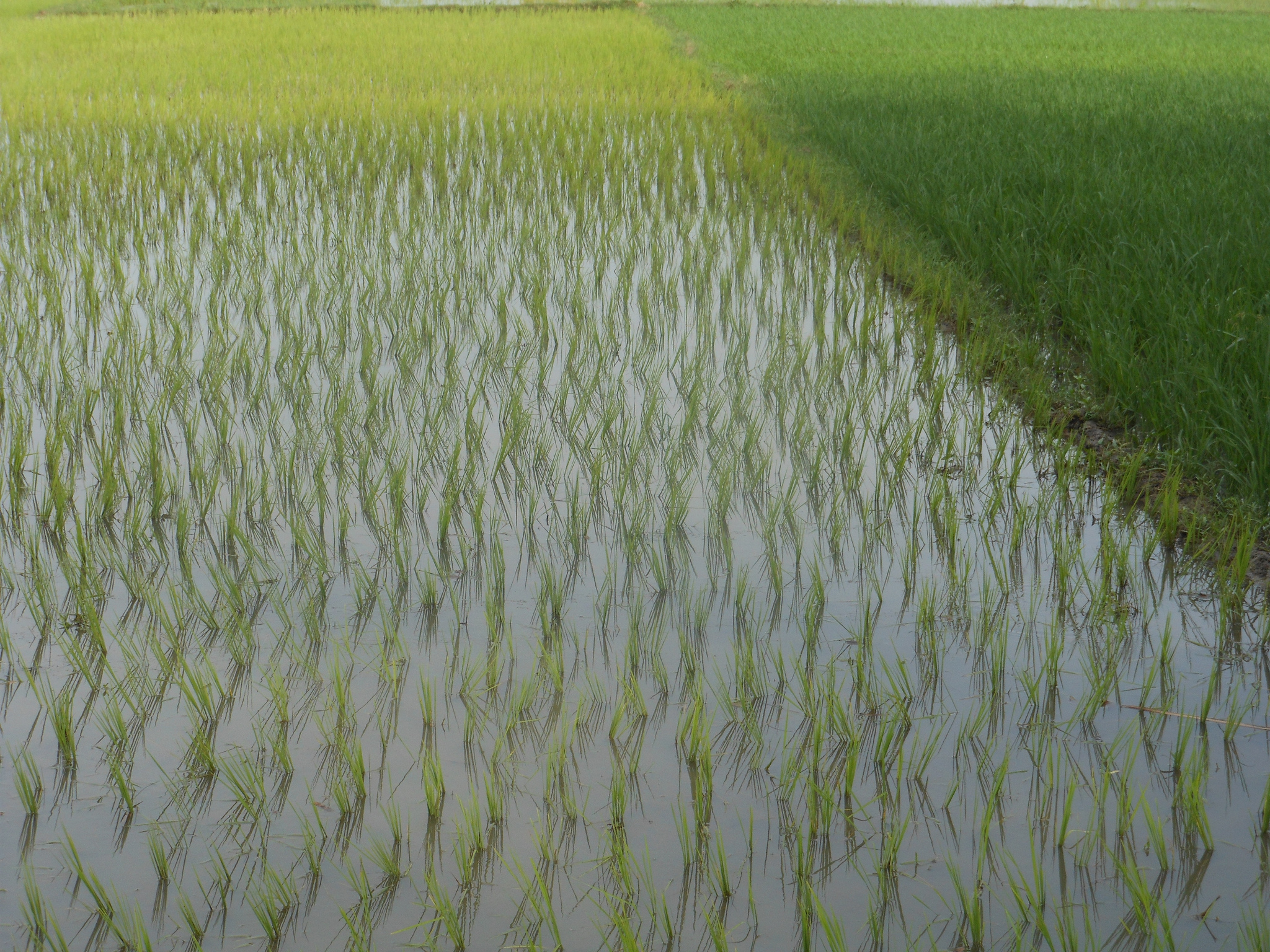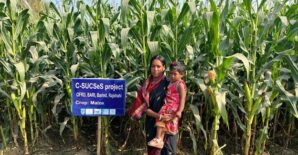Cross-posted from the FSP India website written by Jaspreet Aulakh
Shocks of any form can be have a more pronounced effect in the developing countries like India where half of the population is engaged in agriculture, and the occurrence of droughts can deplete of productive assets, aggravate food insecurity, and entrench people further into poverty. During a drought year, studies show income falls by an estimated 25-60 percent while the per capita poverty rate rises by 12-33 percent. In a new study to be published in October 2015, Pratap S. Birthal, Digvijay S. Negi, Md. Tajuddin Khan and Shaily Agarwal argue that drastic shifts in the drought management strategy from crisis management to risk management has improved the resiliency of Indian agriculture. Using rice, a water-intensive crop, to test risk-tolerance, the authors find a small decline (2.5 percent) in rice production in 2009-2010 over the previous level despite the rainfall deficit of more than 20 percent. They attribute this resilience to improvements in water management, technological advances in crop breeding, as well as the development of infrastructure and institutions engaged in delivery of advisory services, information, and inputs.




